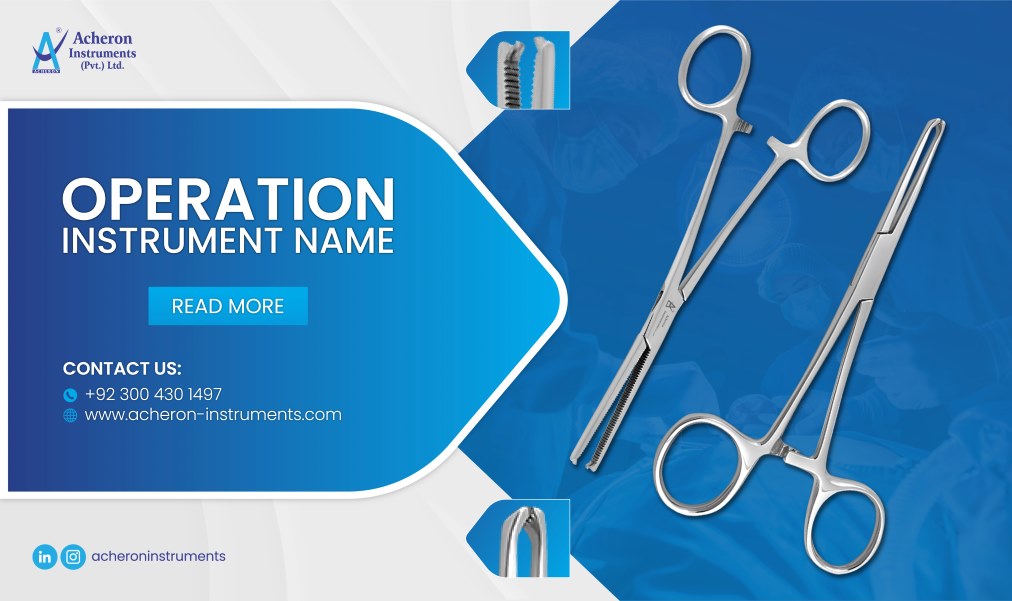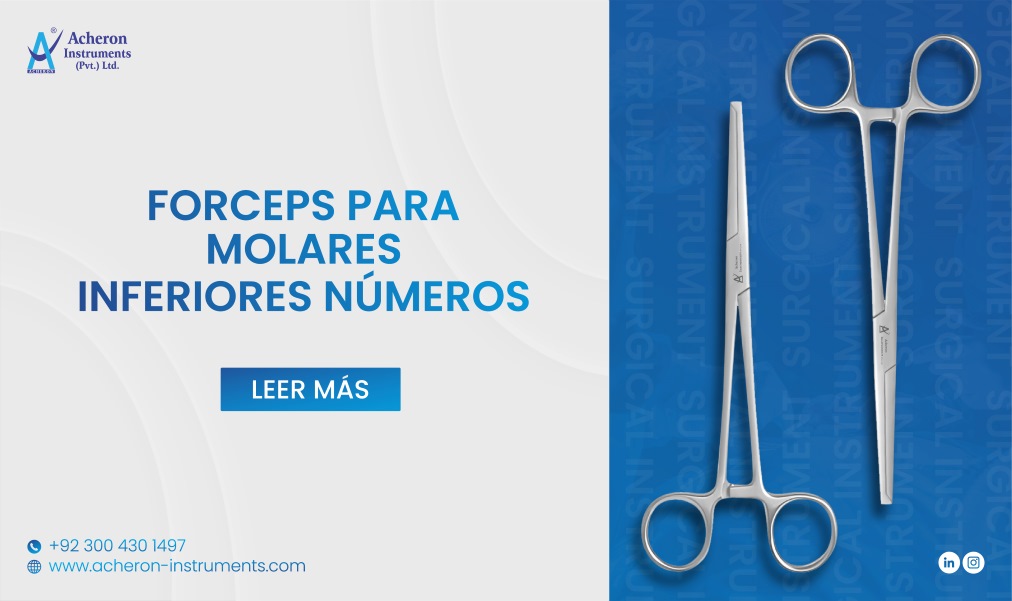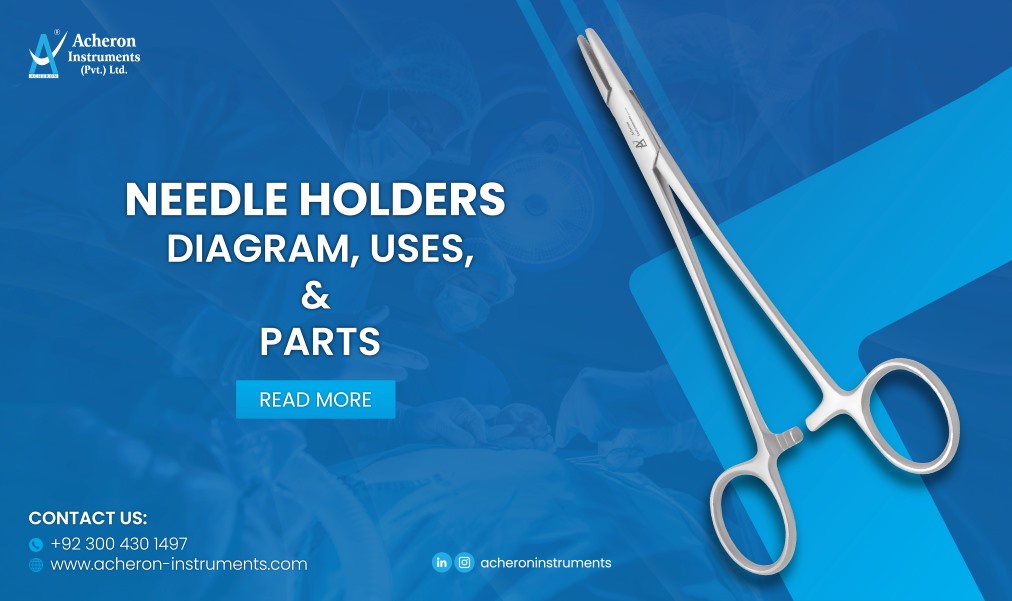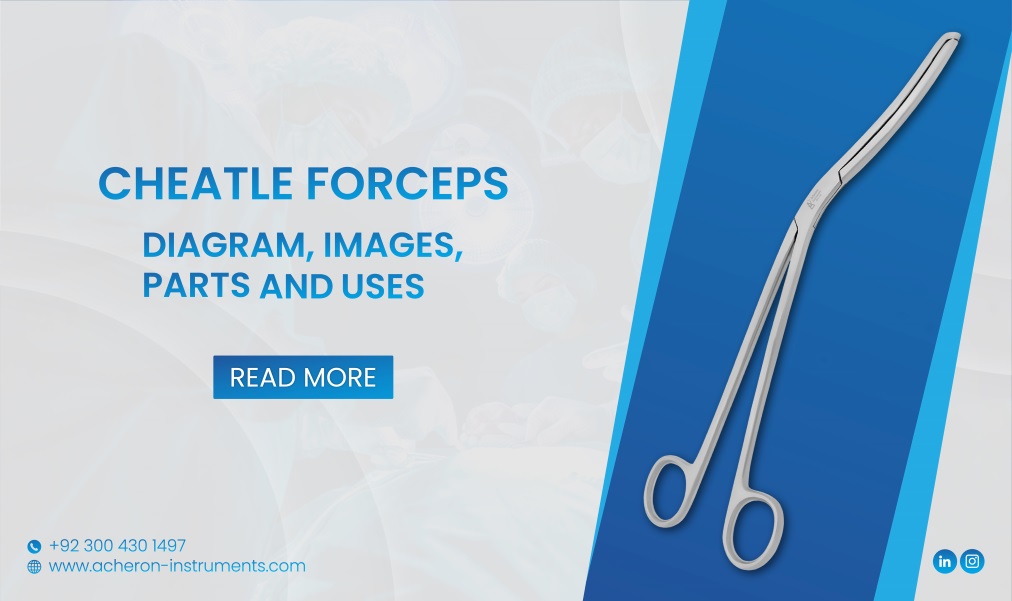Stepping into the world of precision in surgical procedures unveils the indispensable role of straight artery forceps, want to know what straight artery forceps uses? Let our Acheron medical expert explain this to you. These versatile instruments have revolutionized the art of surgery with their unparalleled ability to grasp, hold, and manipulate delicate tissues and vessels with remarkable precision and control. Mastering the art of using straight artery forceps not only demands a deep understanding of their design and functionality but also the application of best practices that ensure optimal outcomes in diverse surgical scenarios.
From delicate cardiovascular procedures to intricate neurosurgical interventions, the versatility of straight artery forceps is unparalleled. In this article, we delve into the essential techniques and best practices for mastering these precision instruments, empowering surgical professionals with the expertise to elevate their performance and patient outcomes.
Join us as we unravel the nuances of wielding straight artery forceps, exploring the pivotal role they play in achieving surgical precision, and unveiling the best practices essential for mastering their art.
Understanding the straight artery forceps uses
Straight artery forceps, also known as hemostats, are surgical instruments designed with straight, serrated jaws and a locking mechanism. Their primary function is to clamp blood vessels, restrict blood flow, and manipulate tissues during surgical procedures. These forceps come in various sizes, with some featuring delicate tips for precise grasping of small vessels, while others are more robust for handling larger structures. The design of the Acheron instrument's straight artery forceps allows for a secure grip, ensuring that tissues and vessels remain immobile during delicate surgical maneuvers.

The versatility of straight artery forceps in surgical procedures
The versatility of straight artery forceps extends across a wide spectrum of surgical specialties, including but not limited to cardiovascular, neurosurgery, orthopedics, and plastic surgery. In cardiovascular procedures, these forceps are instrumental in clamping off blood vessels to facilitate safe and efficient surgical access. In neurosurgery, they aid in the delicate manipulation of neural tissues and vessels, contributing to precise and controlled interventions. Moreover, straight artery forceps find application in orthopedic and plastic surgery for tissue manipulation and hemostasis, highlighting their adaptability across diverse surgical domains.
Best practices for using straight artery forceps
Mastering the art of using the Acheron instrument's straight artery forceps involves adhering to best practices that ensure optimal surgical outcomes. Firstly, it is crucial to handle the forceps with precision and delicacy, especially when grasping fragile tissues and vessels. Maintaining a firm yet gentle grip while using these forceps minimizes the risk of tissue damage and ensures precise maneuvering. Additionally, proper positioning and angulation of the forceps play a pivotal role in achieving optimal functionality and control during surgical procedures. Understanding the specific anatomy and characteristics of the tissues being manipulated is essential for applying the right amount of pressure and ensuring accurate placement of the forceps.
Different types of straight artery forceps
Straight artery forceps are available in an array of variations to cater to the diverse needs of surgical specialties. Some common types include Halsted mosquito forceps, Kelly forceps, Crile forceps, and Rochester-Carmalt forceps, each designed with specific features to address varying surgical requirements. For instance, Halsted mosquito forceps are small, delicate forceps ideal for precise tissue manipulation, while Crile forceps are larger and more robust, suitable for clamping blood vessels in major surgical procedures. Understanding the distinct characteristics and applications of different types of straight artery forceps is essential for selecting the most suitable instrument for specific surgical interventions.
Choosing the right straight artery forceps for specific procedures
Selecting the appropriate straight artery forceps for a particular surgical procedure is paramount to achieving optimal surgical precision. Factors such as the size of the vessels or tissues being manipulated, the depth of the surgical site, and the specific maneuvers required dictate the choice of forceps. Surgeons must consider the design, length, and tip configuration of the forceps to ensure compatibility with the intricacies of the procedure. Moreover, understanding the material composition of the forceps, such as stainless steel or titanium, is crucial as it impacts durability, corrosion resistance, and overall performance in diverse surgical settings. looking for the right straight artery forceps, contact us for a free quote and inquiry.
Maintenance and care of straight artery forceps
Ensuring the longevity and optimal functionality of straight artery forceps necessitates meticulous maintenance and care. Following each use, thorough cleaning and sterilization of the forceps are imperative to prevent cross-contamination and maintain aseptic conditions in the surgical environment. Proper storage in designated trays or containers, ensuring protection from damage and corrosion, is essential to preserve the integrity of the forceps. Regular inspection for wear, damage, or malfunction, and timely repair or replacement of worn-out forceps, is critical for upholding their precision and performance in surgical procedures.
Advantages of straight artery forceps uses in surgical settings
The utilization of straight artery forceps offers an array of advantages in surgical settings. Their precise grasping and locking mechanism enable surgeons to maintain a stable and controlled grip on tissues and vessels, facilitating meticulous surgical maneuvers. The ability of these forceps to provide hemostasis by occluding blood vessels contributes to minimizing intraoperative bleeding, ensuring clear visibility and a conducive surgical field. Furthermore, the adaptability of straight artery forceps across various surgical specialties underscores their indispensable role in achieving surgical precision and optimizing patient outcomes.
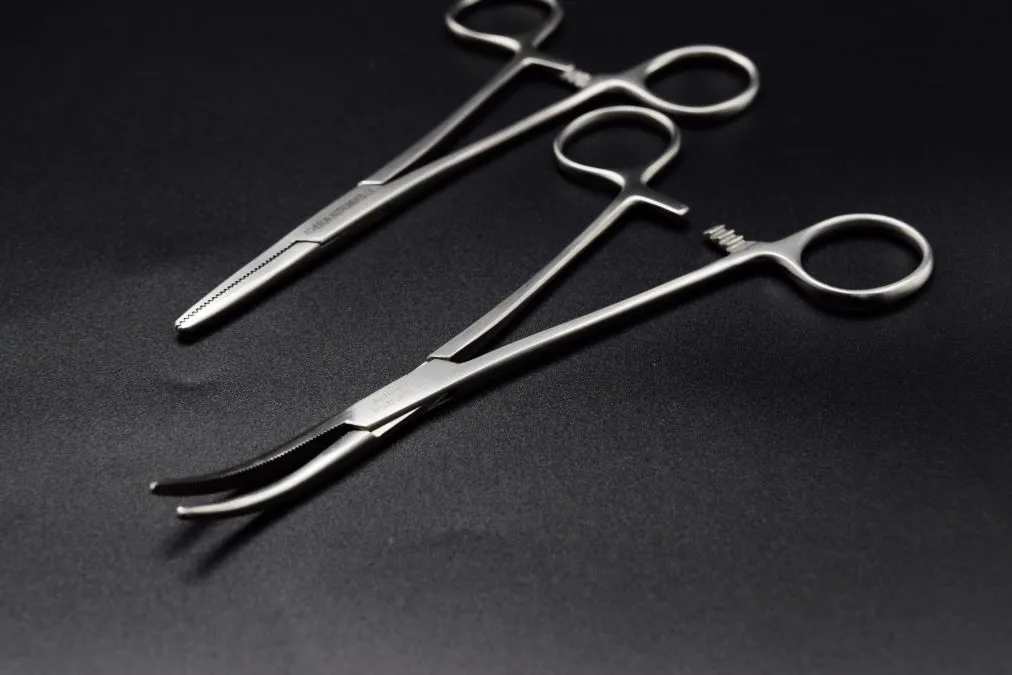
Training and certification for using straight artery forceps
Proficiency in wielding straight artery forceps is contingent on comprehensive training and certification in surgical instrument handling and usage. Surgical professionals undergo rigorous training programs to acquire proficiency in the precise manipulation and application of various surgical instruments, including straight artery forceps. Certification processes ensure that surgeons and surgical assistants demonstrate the requisite knowledge, dexterity, and adherence to best practices in utilizing these instruments, thereby upholding the highest standards of surgical precision and patient safety. The best thing is that all Acheron instruments are ISO-certified.
Industry standards and regulations for straight artery forceps
The manufacture, distribution, and usage of straight artery forceps are governed by stringent industry standards and regulations to uphold quality, safety, and performance. Regulatory bodies such as the Food and Drug Administration (FDA) in the United States and the European Medicines Agency (EMA) in the European Union impose strict guidelines on the design, material composition, sterilization, and labeling of surgical instruments, including straight artery forceps. Compliance with these standards ensures that these instruments meet the highest benchmarks of quality, efficacy, and safety, instilling confidence in their utilization across surgical settings.
FAQ
Q1: What material is used in the manufacturing of Acheron Instruments' Straight Artery Forceps?
A1: Our Straight Artery Forceps are crafted from high-quality surgical stainless steel, ensuring durability, corrosion resistance, and adherence to stringent quality standards.
Q2: Are Acheron Instruments' Straight Artery Forceps compliant with regulatory standards?
A2: Yes, our Straight Artery Forceps are manufactured by international standards. We hold certifications such as FDA and ISO, guaranteeing the highest quality and safety in our products.
Q4: Can Acheron Instruments customize Straight Artery Forceps based on specific requirements?
A4: Absolutely! We offer customization options to meet your unique needs. Contact our dedicated customer service team to discuss your specifications and preferences.
Q5: What makes Acheron Instruments' Straight Artery Forceps stand out from others in the market?
A5: Our forceps are designed with precision and ergonomics in mind, ensuring optimal functionality and user comfort. The use of high-grade materials and adherence to rigorous quality standards set our products apart in terms of reliability and performance.
Q6: Where can I purchase Acheron Instruments' Straight Artery Forceps?
A6: You can conveniently order our Straight Artery Forceps through our official website. For bulk orders or inquiries, feel free to reach out to our sales team.
Q7: Are replacement parts available for Straight Artery Forceps?
A7: Yes, we provide replacement parts for our instruments. Contact our customer support team with the specific requirements, and they will assist you in acquiring the necessary components.
Conclusion
Mastering the art of precision in surgical procedures necessitates a profound understanding of the design, functionality, and best practices for using straight artery forceps. The versatility of these instruments across diverse surgical specialties underscores their indispensable role in achieving surgical precision and optimizing patient outcomes. By adhering to best practices, selecting the appropriate forceps for specific procedures, and upholding maintenance and regulatory standards, surgical professionals can harness the full potential of straight artery forceps, elevating their performance and contributing to the advancement of surgical precision and patient care.


